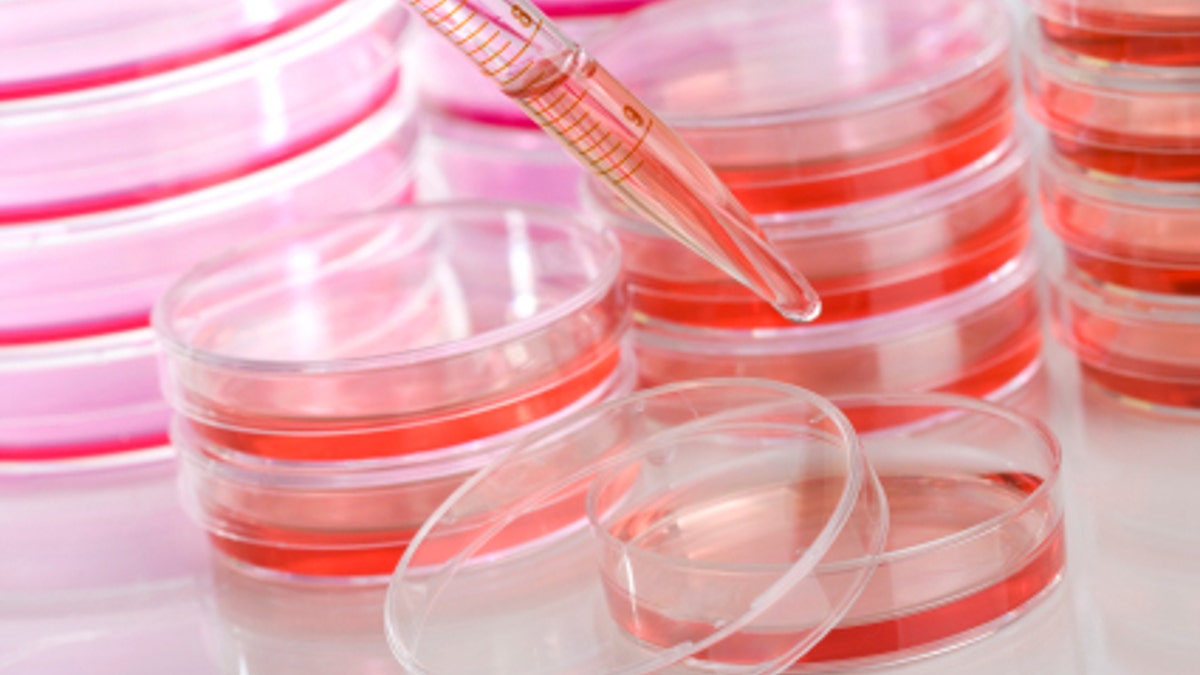
July is Cord Blood Awareness Month, and I’d like to take this opportunity to help clear up some of the misconceptions regarding umbilical cord blood collection.
First, let’s start with cord blood itself. Cord blood is the fetal blood that is found in the umbilical cord and in the placenta of a newborn child.
Typically, this material was always discarded after delivery – that is, until scientists discovered that cord blood is full of stem cells.
Adult stem cells help repair damaged tissue in our bodies and circulate in our systems all throughout our lives. But the younger the cell, the more possibilities it has to heal.
In today’s world, stem cells are utilized to replenish our bodies after cancer treatment. For example, if a child develops leukemia, after radiation and chemotherapy, that child is void of the capability of replenishing all of the essential cells that his or her body needs to fight infection and oxygen support.
This is where stem cells come in. Many of these children will get a stem cell transplant and hopefully get back to their old selves.
The key, however, is that the stem cell transplantation must be accepted by the donor. The closer the stem cells are to the ones produced by our bodies, the better the probability of a successful transplant.
That is why there is nothing like having our own stem cells stored. The field of stem cell technology is growing every year.
Not only are stem cells being utilized for post-cancer treatment, but now we see more and more anecdotal reports of stem cells regenerating into other tissues, and to me, this is a very exciting area of medicine.
Imagine a time when we can cure diseases like type 1 diabetes, we can regenerate skin for burn victims or implant perfectly matched organs in place of those which have failed to thrive.
It is because of these possibilities that many parents now consider private or public donation.
In many states, it is mandatory that pregnant women get full information about options of storing umbilical cord blood.
There are still challenges, of course, since there is a cost associated with private banking, and I hope and pray that this cost will continue to come down as technology improves.
But it is also very important for parents who are considering cord blood collection to look into how the umbilical cord blood is processed at different companies.
I remember nearly 20 years ago when I stored my first son’s umbilical cord blood, I was very proud of that decision, but I failed to realize how important quality was.
I would venture to say that if there was any need for those stem cells to be utilized on my son, we would probably have difficulty in using those cells because of the way that they were stored.
Now, that was 20 years ago, and of course science has improved, but it still points to the question that any parent must have about ensuring the quality of the laboratory that they’re going to use.
Labs must have the right certification and the right quality control. They must have experience, not only in collecting the cells, but in processing them for transplant treatments. They should also have FDA approval for the highest quality standards.
So remember, when you’re bringing new life into this world, it’s important to stay informed, and remember that science is always changing and the possibilities of giving your child the gift of good health are endless.
